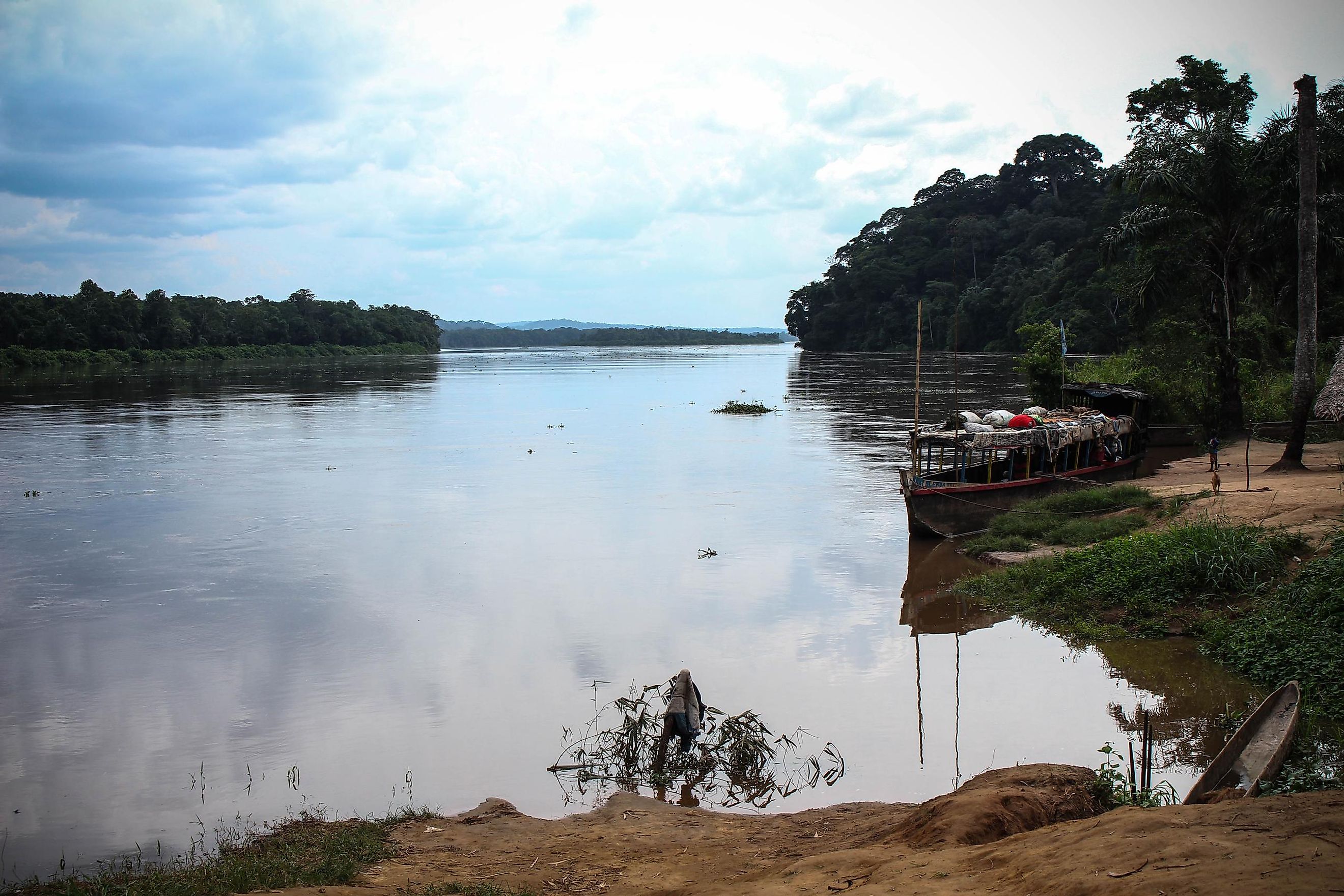
Kasai River
One of the Congo River's primary tributaries, the Kasai River, is a major river in Central Africa. Flowing through Angola and the Democratic Republic of the Congo (DRC), this river boasts an immense length of more than 2,000 km. The Kasai River supports various industries in its basin countries, such as fishing, agriculture, tourism, and mining. Moreover, it meanders through thick rainforests, providing essential water source for countless species.
Source And Course Of The Kasai River
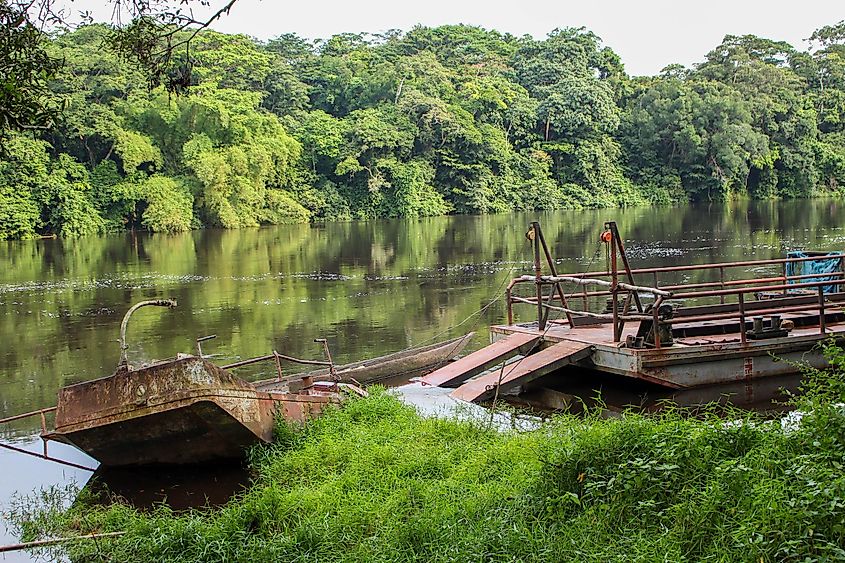
The Kasai River begins within the Bié Plateau, which occupies most of central Angola. Here, along the plateau's eastern slopes, the river is gradually formed by a collection of multiple waterways moving eastward. However, it isn't until reaching the Lunda Sul Province that the Kasai River begins to grow notably in flow and width. The river, meandering in this direction for about 400 km (250 mi), finally reaches the Angola-DRC border, at which point it abruptly turns north and serves as the physical border between both countries. Traversing through sparsely populated areas, the Kasai eventually moves away from the border and continues in a somewhat northern direction. Throughout this stretch, it cuts through major communities such as Tshikapa and Ilebo and is also met by two tributaries: the Lulua River and the Sankuru River. From here, the Kasai River turns west for a final stretch of 450 km (280 mi) until its mouth and confluence with the Congo River at Kwamouth in the DRC.
Throughout this immense course, the river covers a whopping distance of 2,153 km (1,338 mi) and is characterized by its strong flow and lush basin. Specifically, the Kasai River basin covers a large area of 884,376 sq. km (341,459 sq. mi), more than half of Angola's total area. Moreover, most of its basin consists of equatorial rainforest biomes, known for their fertility and ecological diversity. All in all, the Kasai River is a magnificent body of water that spans most of Angola and the Democratic Republic of the Congo.
Tributaries And Flow Of The Kasai River
Apart from its length, the Kasai River basin is supported by an array of large and vital tributaries. In total, the river has six major tributaries on both left and right sides that bolster its flow and direction. These are: Loange, Kwango, and Kwilu on the left; Lulua, Sankuru, and Fimi on the right. Among these, the Kwango River is the largest spanning over 1,000 km in the same countries as the Kasai. Thus, the two river's confluence at Bandudu increases the Kasai's water flow immensely before reaching the Congo River.
The Kasai River also features a strong water current throughout its length. According to data taken from Kawmouth, near the river's mouth, the river has an average discharge of 11,500 cu. m/s (410,000 cu. ft/s). For some perspective, this ranks within the top 25 for all rivers in the world and the top 10 for tributary rivers in the world. So, whether it is the Kasai's unique course, stunning tributaries, or rushing water, the river is a sight to behold.
Climate Of The Kasai River
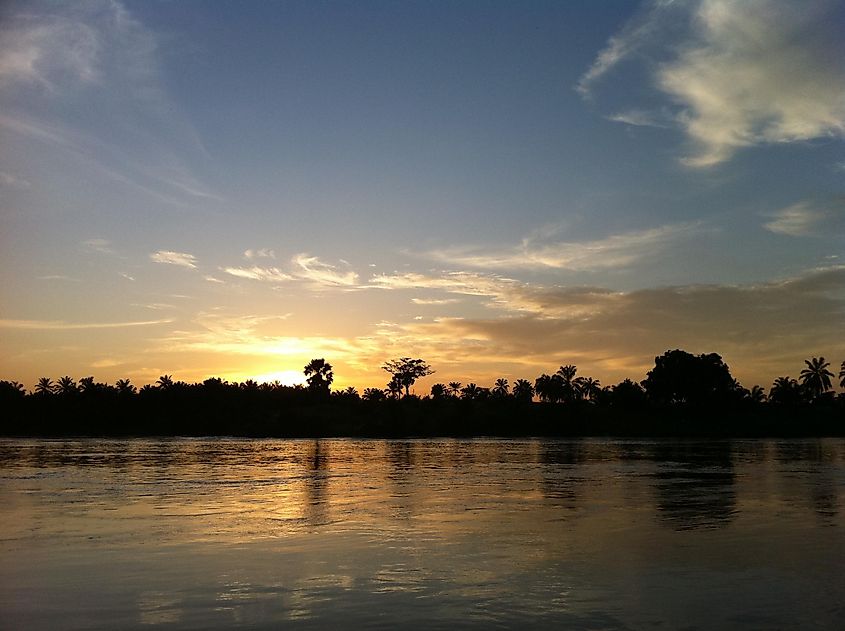
Due to the large area covered by the Kasai River, the climate differs noticeably from its source to its mouth. To this end, averages are taken from Tshikapa City, which lies near the mid-point of the river in the DRC. This area has a tropical savanna climate (Aw), according to the Koppen Climate Classification. This climate zone gets moderate temperatures throughout the year, with warm summers and mild winters. Thus, the Kasai River sees a short hot season of 1.6 months from July to September, where average highs reach 92°F (33°C). On the flip side, winters are also quite warm, with the median low dropping to 65°F (18°C) in July. In terms of precipitation, the Kasai River basin receives about 1048mm (41 inches) of rainfall per year. Most of this is in November, which gets more than (150 mm) 6 inches of rain on average. So, no matter when you plan on visiting the Kasai, you'll be greeted with warm temperatures and pleasant humidity.
Flora And Fauna In The Kasai River
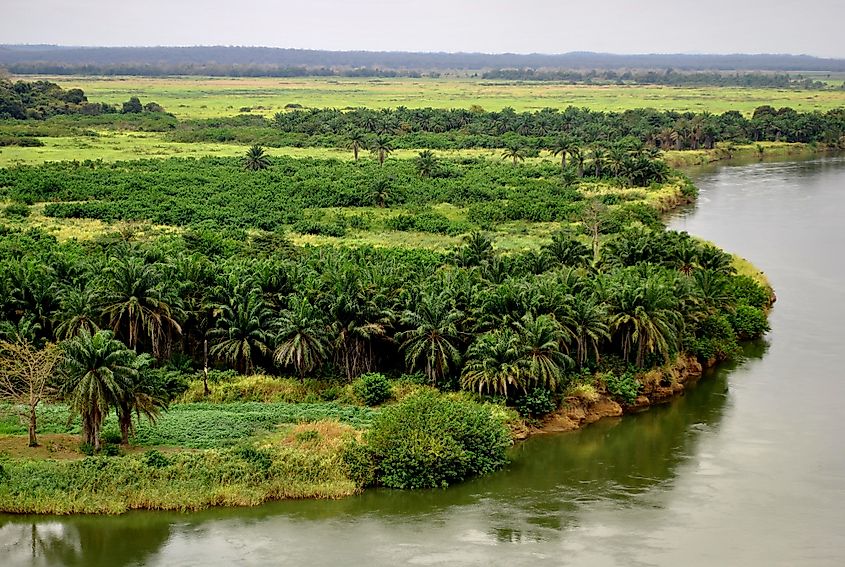
While the region is known for having infertile sandy soil, the Kasai River basin is a wellspring of lush greenery and life. Thanks to the constant supply of water, the river cuts through equatorial rainforest areas where one can find a diverse ecosystem. In terms of flora, recent studies show a total of 73 plant species under 73 genera and 42 families—these range from vibrant flowering plants such as the Alangium salvifolium to tall trees like the Dalbergia sissoo. Among the array of plant species, grasses like the Saccharum spontaneum are some of the most common and vital as they provide thick covering to prevent soil erosion along the banks. So, from blue and red flowers to thick tree roots deep in the banks, the Kasai River is a treasure trove of plant life.
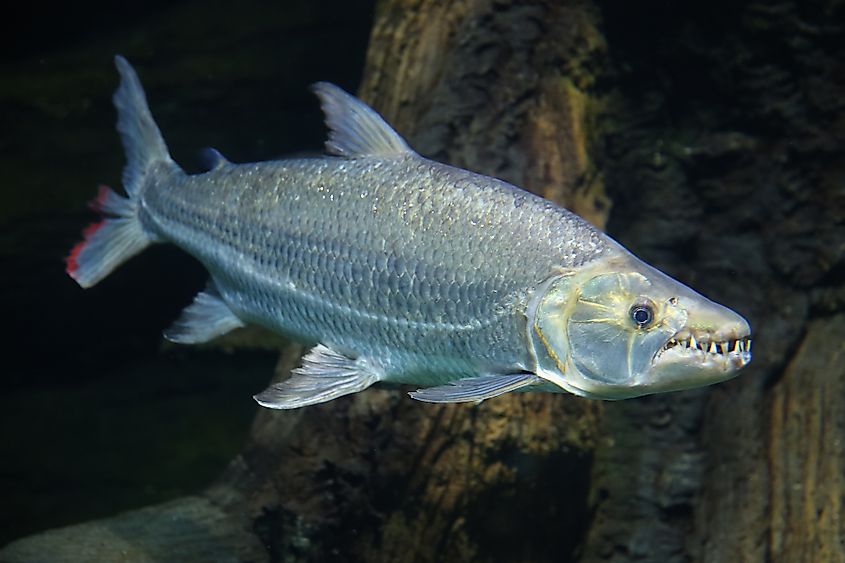
Parallel to the lush plantlife, the Kasai River is also a haven for many animal species in Central Africa. Thanks to the river's large size and array of swamps, many fish species are able to thrive. When it comes to endemic species, various types of mormyrids, cyprinids, and cichlids can be found across the river. That said, what makes the Kasai River unique is that it is also home to some rare and ferocious monsters. For example, many reports claim that the massive Hydrocynus goliath (Goliath Tigerfish) lives here. This fish boasts immense size, reaching an average length of 1.5 m (4.9 ft) and weight of 50 kg (110 lb), which is among the largest fish in the region. It is also known to attack humans, so keep an eye out if you're ever fishing in the Kasai River.
Economic Importance Of The Kasai River
The Kasai River's width and length also make it an essential route for transportation in Central Africa. Early records of this fact date back to the pre-colonial period when the river was used as a primary route for the slave trade navigating to the Atlantic coast. That said, as time passed, the river became intertwined with more humane industries such as agriculture. Due to the Kasai River Basin's fertile land, crops like cassava, maize, and rice are popular along the banks. After the crops are harvested, farmers can use small-medium boats to transport them across Angola and the DRC. Along with agricultural fields, the Kasai River is also riddled with diamond mines! Home to some of the region's richest diamond deposits, multiple mines and processing facilities are present here. These facilities produce staggering amounts of high-quality diamonds and supply about 60% of Belgium's diamonds! While this is great for the local economy, it has also led to river pollution over the past few decades.
The Kasai River's importance in the life of millions of Africans cannot be denied. The river supports lives and livelihoods as well as various terrestrial and aquatic ecosystems in its basin. It is, however, like all major rivers, heavily exploited for its riches, which could deprive the people dependent on it of the benefits they receive. Conserving the Kasai River is thus of vital importance and action on the same is the need of the day.











